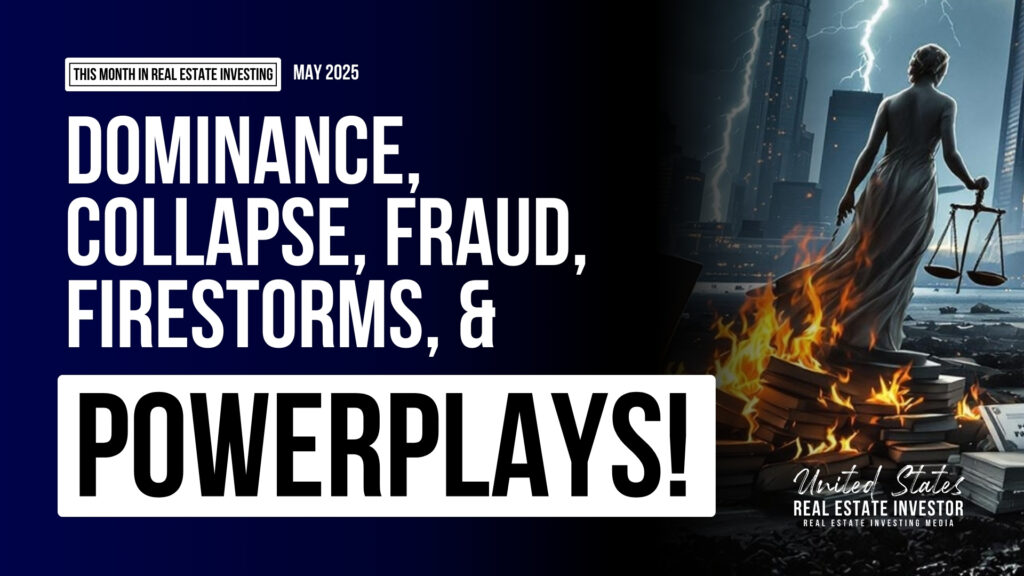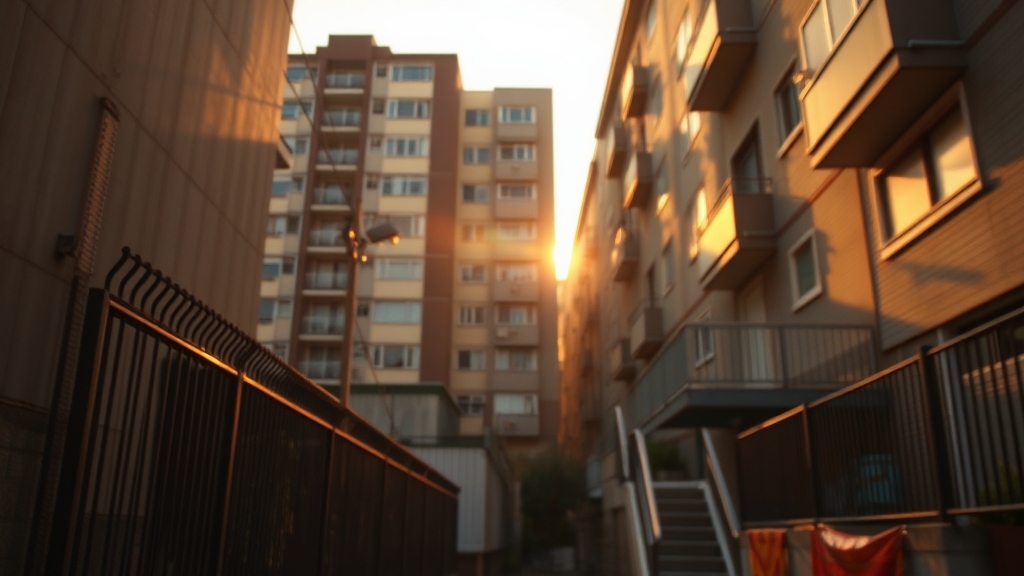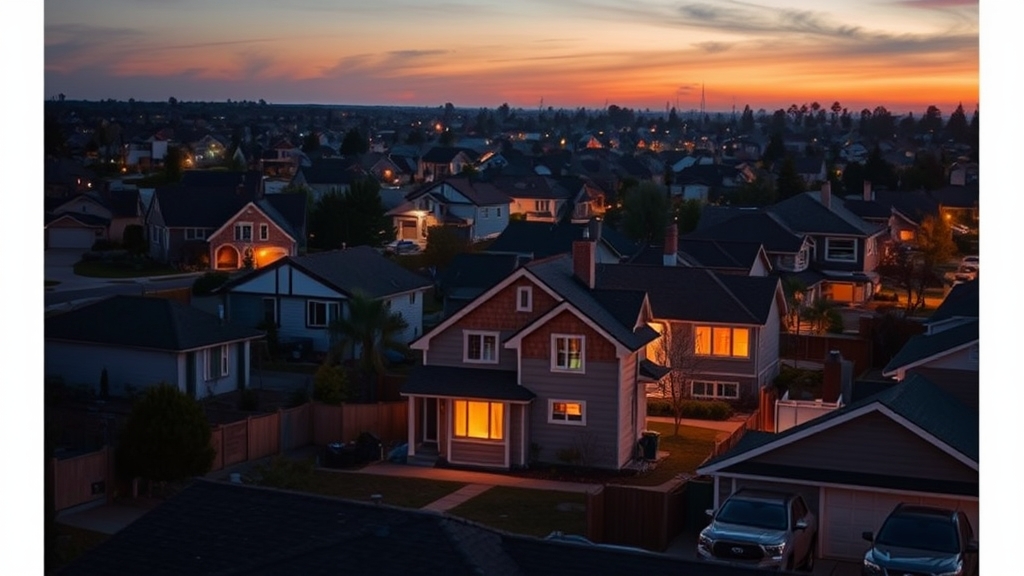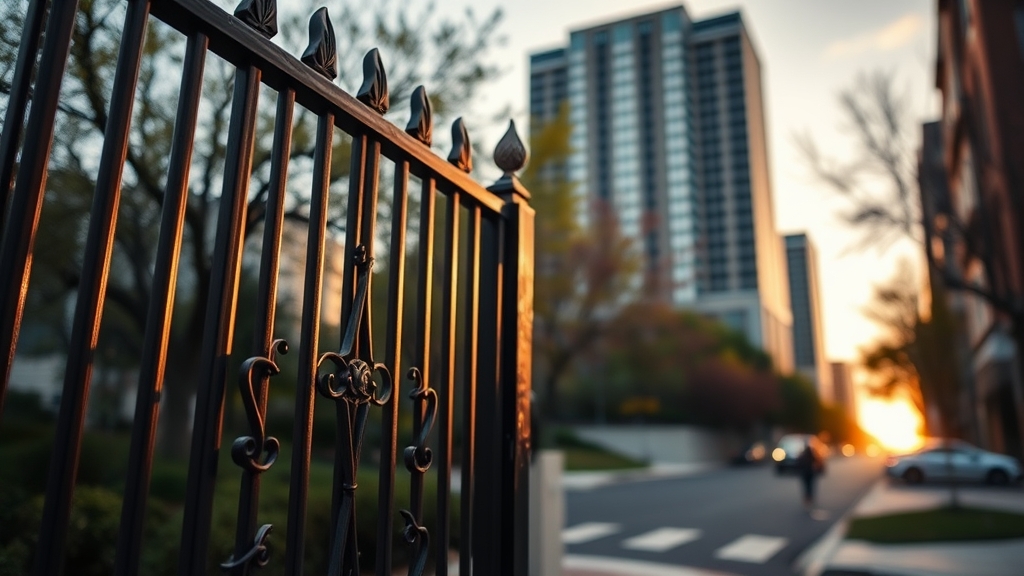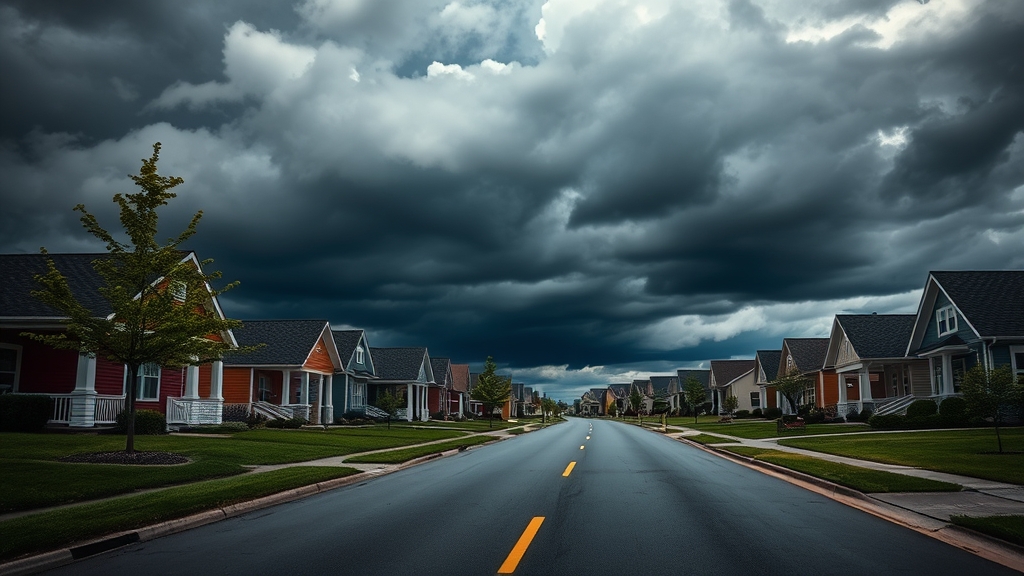Key Takeaways
- Mortgage rates have surged to 6.818%, significantly reducing housing affordability for buyers nationwide.
- Lending is tightening, with higher rejection rates and less refinancing, pushing many potential homeowners out of the market.
- Home sellers are facing longer listing times and swelling inventories as buyer demand cools in major markets like New York and Austin.
Housing Activity Stalls as Borrowers Feel the Squeeze
Mortgage rates have rocketed to 6.818%, casting a pall over markets from Wall Street to the Texas Capitol, as buyers are crushed by shrinking affordability.
Lenders tighten standards, rejections spike, and refinancing evaporates, forcing many hopeful homeowners out in the cold.
Sellers near Times Square and South Congress feel the freeze as listings linger, inventory swells, and demand fades.
A once red-hot housing market teeters, threatening sharp shifts—those who hesitate risk missing vital insights just ahead.
Rising Mortgage Rates Reshape the Housing Market
How quickly can the tide turn in the world of real estate? The answer echoes sharply across the country as mortgage rates surge to an average of 6.818%, slamming buyers, lenders, and investors with the force of a rolling storm over the Golden Gate.
Rates are rising fast. The 30-year fixed rate hit 6.91% on May 7, just as market watchers in Miami brace for more shifts.
Borrowing is harder, not just for the hopeful homeowner, but for sellers enthusiastic to offload inventory before the market chills.
Every tick upward means housing less affordable, opportunity narrowing for those without pristine credit scores or access to versatile loan types.
Higher mortgage rates strike at buyer confidence with surgical precision. Only the strongest credit profiles survive the tightening—those with suboptimal credit scores face rejection or punishing loan terms.
Loan types matter now more than ever. Adjustable-rate mortgages, once considered a path to affordability, inched up higher than many fixed rates as of early May, increasing risk in an already volatile scene around places like Chicago’s downtown Loop.
Many buyers are now forced to consider FHA loans, but with average rates at 7.37% for FHA 30-year fixed mortgages, the cost of lending is anything but forgiving. Mortgage rates are directly affected not just by Federal Reserve decisions but also by fluctuations in the 10-year Treasury yield, meaning even steady Fed policies can fail to stabilize borrowing costs.]
Jumbo loan seekers, dreaming of luxury homes in Malibu or Manhattan’s high-rises, find their rates nearing those of conventional loans, erasing the advantages once offered by sheer financial muscle.
Refinancing hopes have been dashed for countless homeowners. Refinance rates outstrip purchase rates, closing doors and stunting options in suburbs and urban centers alike.
Short-term loans like the 15-year fixed now offer some relief with lower rates, but the higher monthly payments exclude many.
Each rate hike translates directly into reduced buying power, draining demand even in hotbeds of activity like Austin, Texas.
The market shudders as increased borrowing costs force more buyers to the sidelines.
Sellers, who once controlled the pace, are seeing the shift. A once red-hot seller’s market edges towards stagnation, threatening to tip into a buyer’s market where homes linger, prices flatten, and urgency evaporates.
The Federal Reserve holds the economy in suspense. Policy signals ripple through Wall Street and main streets alike, impacting every mortgage application, every sale, every family dreaming of a home near the Washington Monument.
Economic indicators are sending mixed messages. Strong job numbers fuel hopes, but every positive report feeds inflation concerns, keeping rates high.
Market volatility grows as global events shake investor confidence. Each tremor makes rate stability even more elusive.
In cities from New York’s Fifth Avenue to small-town Americana, buyers and investors alike brace for the consequences.
Historical comparisons offer no comfort—today’s rates eclipse the averages from recent decades, outpacing many expectations and flattening demand.
With each day, the probability of buyers being squeezed out increases. Momentum fades. Inventory builds.
Caution hangs in the air, as visible as smog over Los Angeles. Those who wait too long, or act too slowly, risk being shut out entirely.
The tightening grip of higher mortgage rates leaves no room for error. Time is running out.
Assessment
With mortgage rates climbing to 6.818%, even the busiest neighborhoods are starting to feel a lull, and conversations among investors are getting a bit more anxious.
It’s like buyers are backing away, liquidity is tight, and homes that used to get snapped up in a weekend now stay on the market much longer.
That quick pace we were all used to? It’s slowing down fast, and sellers are really feeling that pressure—market stability isn’t a given anymore.
Each day that passes could chip away at your portfolio’s value, and honestly, there’s no quick fix on the horizon.
So if you’ve been waiting on the sidelines, it may be time to reevaluate your strategy and act before rising rates close the window even further.
